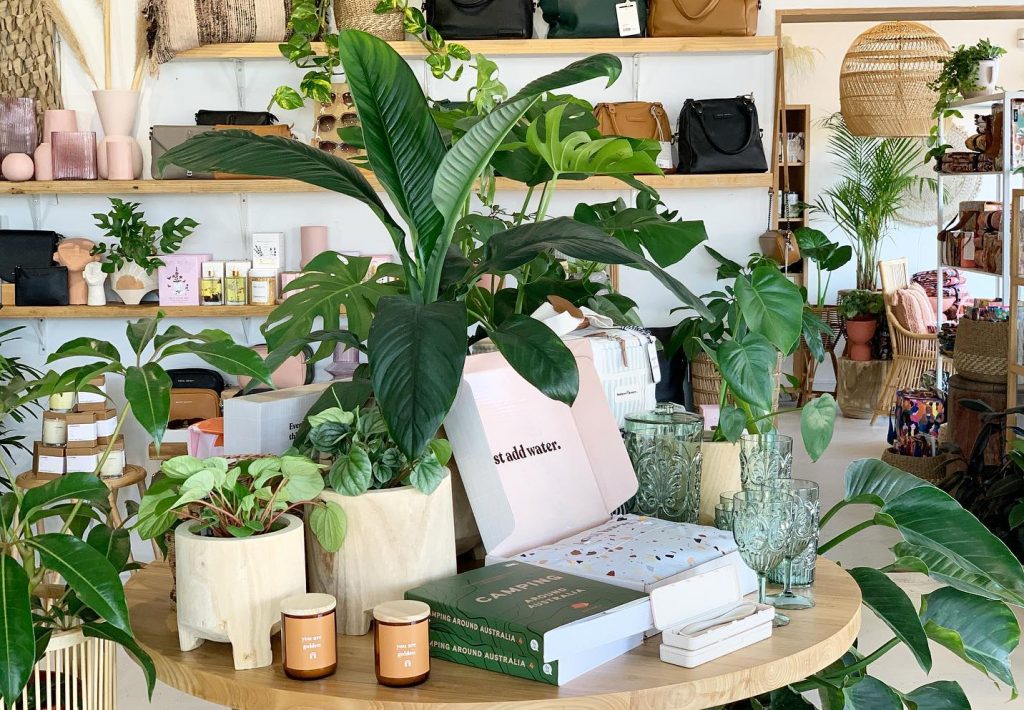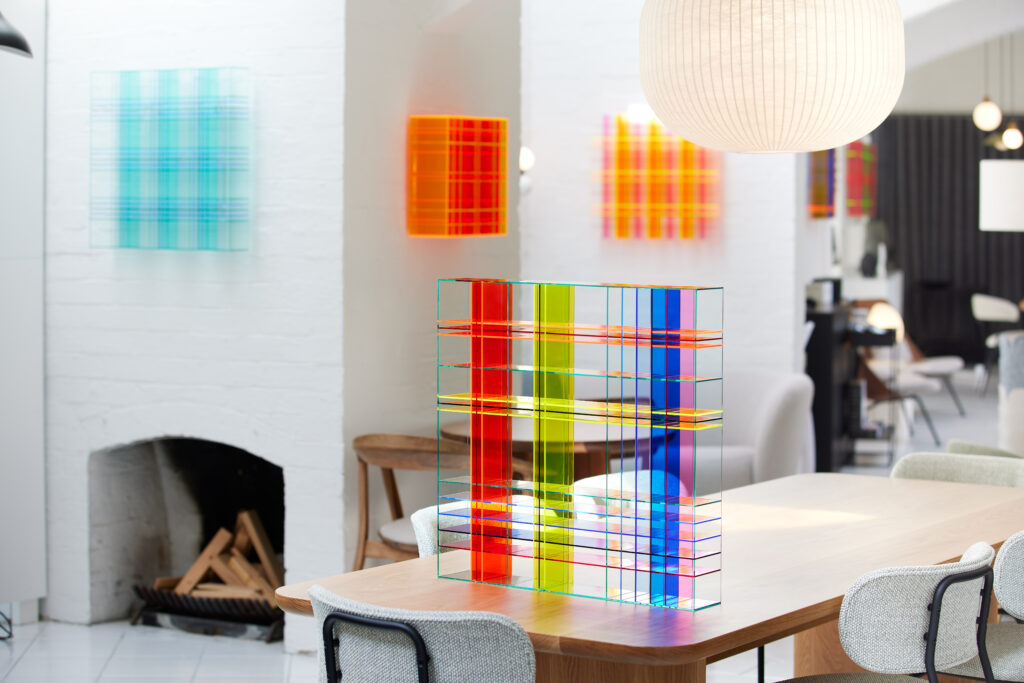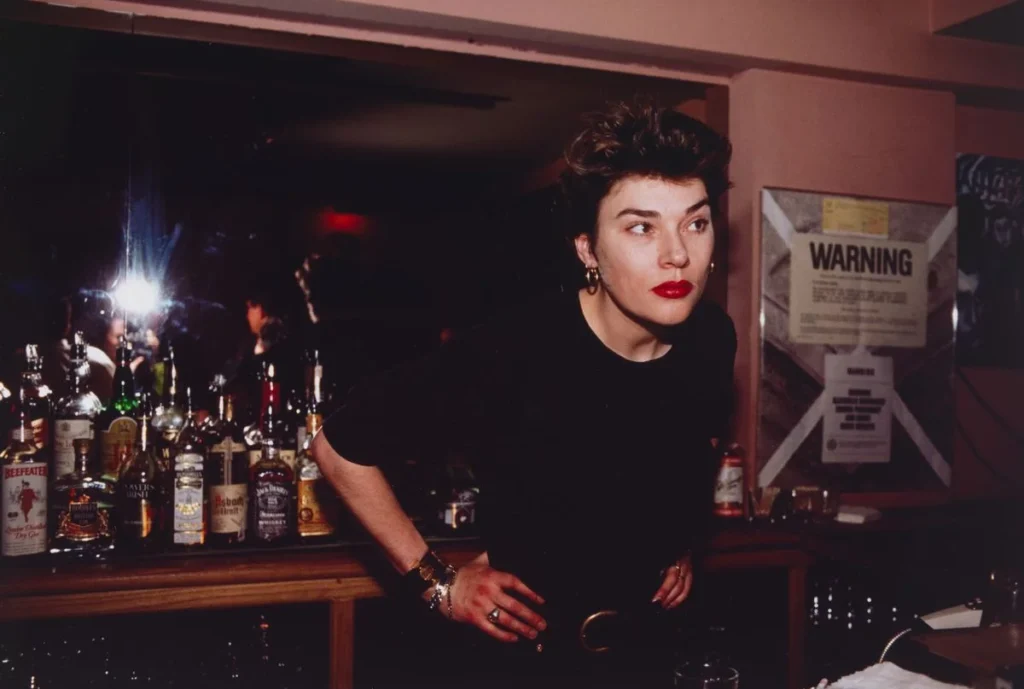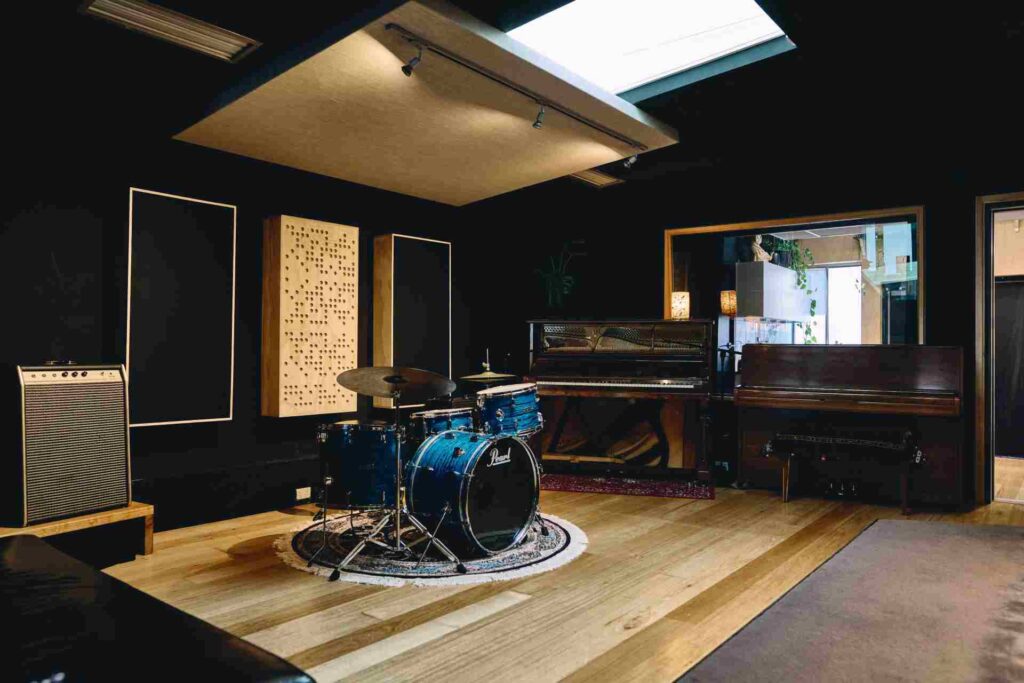Beijing, Berlin, Montréal, Detroit, Dundee, Dubai, Cape Town, Istanbul, Mexico City and Geelong. These cities differ geographically, demographically and/or economically, but they all place creativity at the forefront of future planning, earning them the UNESCO City of Design status.
Geelong, known around the world for producing Australian icons ranging from the Hills Hoist to the Ford ute and modern refrigerator, joined 30 other cities around the world with the design designation in October last year.
As a scheme that aims to promote the development of local creative industries, and to foster relationships and resource-sharing between fellow Cities of Design, it was Deakin University’s Dr Russell Kennedy who played a pivotal role in getting Geelong onto that list.
Co-authoring a paper with Dr Meghan Kelly titled ‘Building A Case For An International Design Centre In Geelong’, Dr Kennedy’s aim was to not only build a case for Geelong to become a centre of design, but also to engage with the UNESCO City of Design creative network.
“The idea there was to act locally and think globally,” he explains. “It’s the aim to link in with an already existing network of cities around the world who are like-minded; that’s UNESCO (The United Nations Educational, Scientific and Cultural Organization) who have established that network.”
From the region’s Aboriginal heritage to its history in textiles and wool production; automotive design and manufacturing to designs that have revolutionised surf culture, the application featured key projects including Geelong Library and Heritage Centre, the Geelong Performing Arts Centre Redevelopment and cultural precinct and the Mountain to Mouth contemporary songline, as well as the world-class design education facilities such as Deakin University’s virtual reality cave and Centre for Advanced Design in Engineering Training building – all projects that show how design is being used to shape Geelong’s future.
With a strong team behind the bid to UNESCO, including the City of Greater Geelong, Geelong’s Deakin University and the Australian Centre for Innovation and Design, with support from the Victorian Government through Creative Victoria, Geelong’s application was successful in satisfying satisfy a set of criteria that includes having a thriving design industry fed by design schools and research centres, and practising groups of creators and designers.
Geelong’s City of Design status was formally launched last month, with special guest Ellie Schneider from Detroit joining the occasion; Detroit was the very first design designation in the USA, while Geelong is now the first design designation in Australia.
As a major recognition of everything Geelong has achieved and of what Geelong can achieve in the future, Dr Kennedy recognises a number of additional benefits the listing will have for the Geelong community.
“There’s a number of benefits; one of them is profile and prestige, but the other one is the opportunity to network with other cities around the world and that’s the key,” Dr Kennedy says. “This puts us automatically into a collection and community of other cities that are like-minded and who want to work on similar projects and have similar agendas to improve the city through design; that’s really what it’s all about.
“Part of it is acknowledging the city to be as having a history of design, but more importantly, it’s what the design can do for the future of the cities. It’s very good for stimulating a supressed economy, particularly a manufacturing economy because design plays such an important part in manufacturing; just in the way the city lives and the way people attract to the city. It’s a very important ingredient in the city and one that is often overlooked.”
As part of creating a future of design, Geelong’s design status will also have a positive impact on current and future Deakin University students undertaking bachelor studies surrounding design (such as Visual Communication and Architecture), creating opportunities for them, and for those involved with the Carbon Nexus Centre at Waurn Ponds and the Centre for Advanced Engineering Training and the Australian Future Fibres Research Innovation Centre.
“What is does is create networks, and these networks for every UNESCO city will have universities,” Dr Kennedy explains. “We’re already talking to Concordia University in Montreal (a UNESCO city) about doing a collaborative project with them. Immediately, we get doors openings.
“All it does is open doors,” he continues. “You have to walk through them and take the opportunity; it doesn’t just come and fall on your lap. Now it’s just about making the connections, finding synergies and then working together.”
Now comprising 180 cities in 72 countries, UNESCO’s Creative Cities Network recognises cities across the globe that place creativity at the forefront of future planning. The designation will open up opportunities for Geelong to collaborate with other design cities and cities across the creative cities network.
Thinking about studying at Design?
Learn the tools, strategies and design thinking methodologies required to be an adaptable, multidisciplinary communication designer through a Bachelor of Design degree at Deakin. Explore a dynamic combination of contemporary design thinking methodology, traditional skills in typography, branding and print design alongside specialised skills in user experience, IT knowledge and interdisciplinary practices. To explore your study options at Deakin visit: http://www.deakin.edu.au/communication-creative-arts
Written by Talia Rinaldo
Recommended

Spoil someone rotten with the best giftware shops in and around Geelong

Lisa Gorman + Mirka Mora: A fusion of fashion and art at Warrnambool Art Gallery

Immerse yourself in Art Late: Art Gallery of Ballarat's new after-hours experience

Introducing Dare Studios: Melbourne's premier female-led recording studio and creative sanctuary

Krispy Kreme are slinging $2.29 dozen deals for the Leap Day
